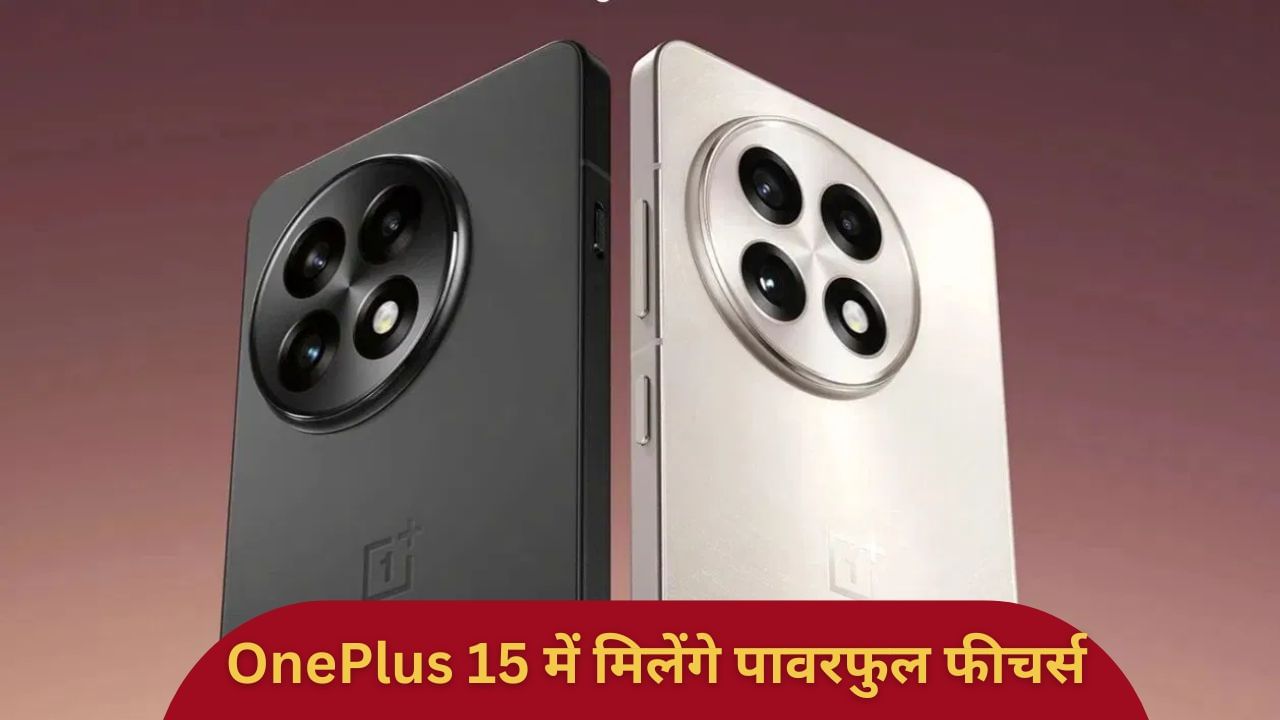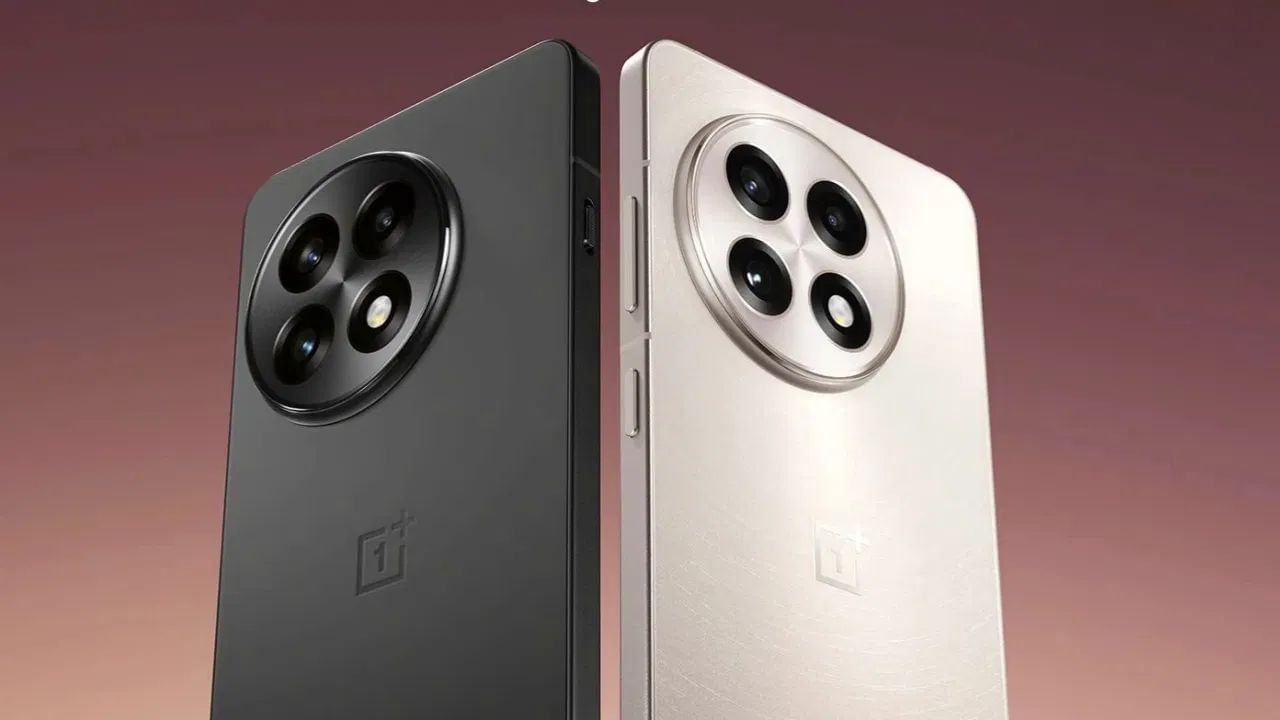Subscribe to Updates
Get the latest creative news from FooBar about art, design and business.
Browsing: triple camera
The launch of the OnePlus Open 2, the second generation of OnePlus’s foldable smartphone, is anticipated in the second half of 2025.…
The second generation of OnePlus’s foldable smartphone, the OnePlus Open 2, is anticipated to launch in the Indian market no earlier than…
The successor to the OnePlus Open, the OnePlus Open 2, is slated for a 2025 release. The original OnePlus Open debuted in…





